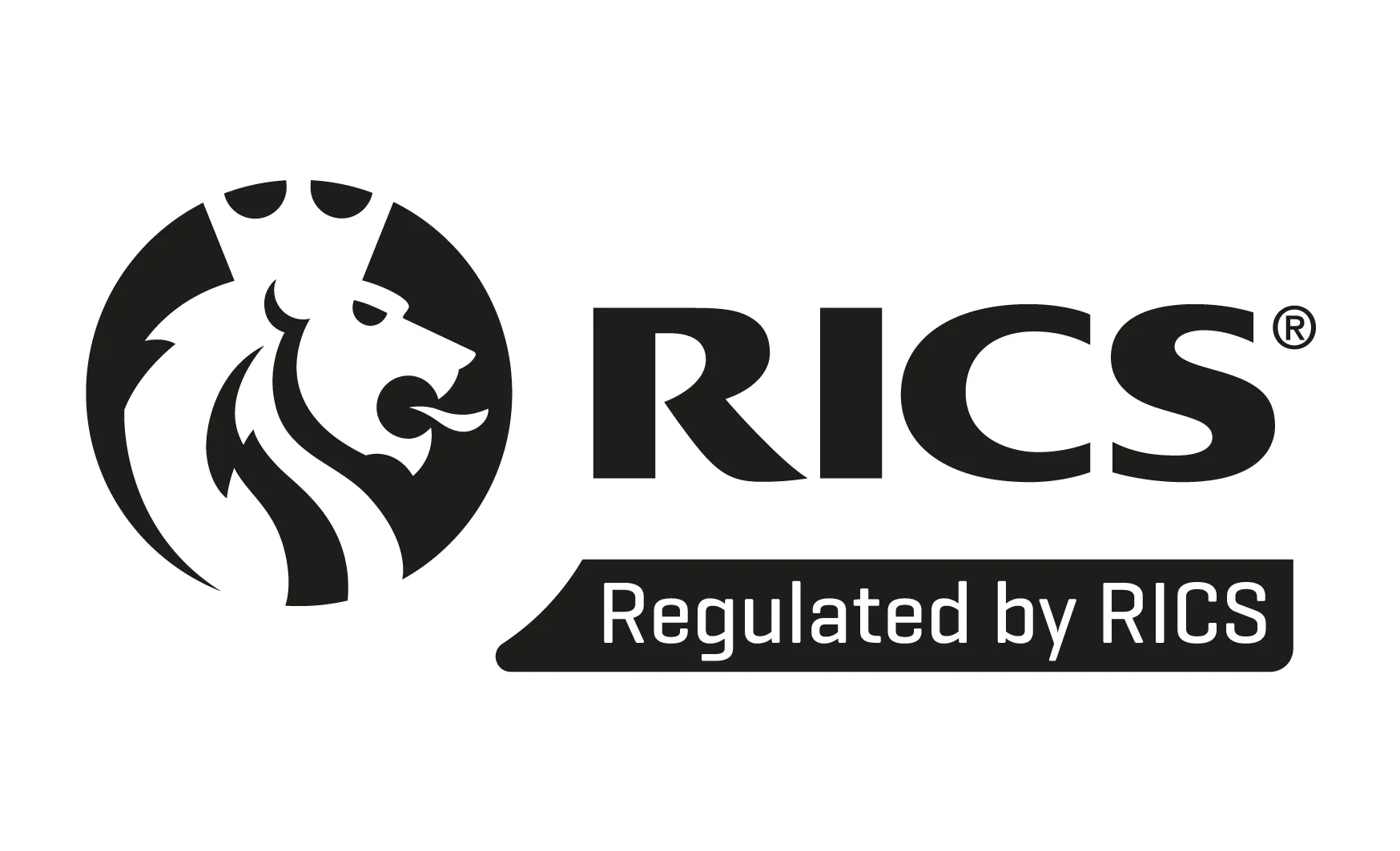Decoding Lease Structures: The Foundation of Modelling
Before you can get into the nitty-gritty of calculations and formulas, you need to grasp the different types of lease structures out there. This is crucial because each type comes with its own unique implications for cash flow and profitability.
1. Gross Leases
In a gross lease, the landlord takes care of all the property expenses—think taxes, insurance, and maintenance. It’s straightforward for tenants, but as a landlord, you’ve got to ensure that these costs are factored into your overall rent. When modelling gross leases, you want to project total expenses accurately over the lease term and ensure your rental rates cover those costs without breaking a sweat.
2. Net Leases
Net leases can be a bit more complex, and they come in a few flavours:
- Single Net Lease: Tenants pay base rent plus property taxes.
- Double Net Lease: Tenants cover rent, property taxes, and insurance.
- Triple Net Lease: The tenant takes on rent, property taxes, insurance, and maintenance costs.
When modelling net leases, it’s essential to forecast how these expenses will change over time. You don’t want any surprises, so consider potential fluctuations in property taxes or insurance rates as you build your models.
3. Percentage Leases
Ever walked into a retail store and thought, “Wow, they’re doing well”? That’s likely due to percentage leases. In this arrangement, tenants pay a base rent plus a percentage of their sales revenue. Modelling this type of lease requires a clear understanding of projected sales. You'll want to incorporate sales forecasts into your calculations to ensure you're capturing the full potential of your revenue stream.
4. Escalation Clauses
Escalation clauses are your friend when it comes to protecting your income against inflation. These clauses dictate how and when rent will increase during the lease term. For instance, you might have a lease that specifies a 3% increase annually or every three years. It’s crucial to model these increases accurately, as they have a direct impact on your cash flow projections.
Crafting Dynamic Rent Rolls: The Heart of Lease Management
Dynamic rent rolls are essential for tracking your lease agreements. A rent roll is essentially a detailed document that lists all your tenants, their lease terms, and any additional details relevant to their agreements.
Best Practices for Dynamic Rent Rolls:
- Centralised Data Management: Whether you choose Excel or specialised lease management software, keep all your lease data in one place. This minimises confusion and ensures everyone on your team is working from the same information.
- Automate Calculations: Use Excel formulas to automate your calculations. Don’t just rely on manual inputs—set up formulas that automatically adjust rental income based on lease structures and escalations. For instance, using functions like IF, VLOOKUP, and SUMIFS can help you maintain an accurate and dynamic rent roll.
- Scenario Analysis: Ever heard of “what if” scenarios? Incorporate scenario analysis into your modelling. This allows you to evaluate how changes in occupancy rates or rental rates could impact your overall cash flow. Think of it as your crystal ball for future planning!
Generative AI Applications in Lease Modelling: Your Secret Weapon
Now, let’s talk about the game-changer: generative AI. Integrating AI into your lease modelling practices can save you time, reduce errors, and even provide insights you might not have considered. Here’s how:
1. Lease Abstraction and Key Term Extraction
Let’s face it—reading through endless lease documents can be a slog. AI can swoop in and automate the lease abstraction process. Imagine being able to scan a lease document and extract key terms—like rent amounts, payment schedules, and termination rights—instantly. This means less manual data entry and a significant reduction in human error. Time saved equals more time for analysis and strategic planning.
2. Dynamic Formula Generation
Generative AI can analyse different lease structures and whip up dynamic Excel formulas tailored to your needs. Want a formula that adjusts based on tenant sales for percentage leases? AI can create that. Need to integrate escalation clauses seamlessly into your calculations? AI’s got your back. It’s like having a personal assistant who’s an Excel whiz!
3. Pattern Recognition and Efficient Modelling
Here’s where AI really shines: identifying data patterns from historical leases. By analysing past performance, AI can recommend efficient modelling approaches for complex lease structures. It can even highlight potential adjustments to lease terms that might optimise your revenue streams. Think of it as having an extra pair of eyes that never tire.
4. Enhanced Decision Support
AI doesn’t just crunch numbers—it can also provide insights that enhance your decision-making. Want to know which lease types might yield better returns in specific market conditions? AI can help you analyse data and present recommendations. This kind of intelligent analysis can be a game-changer for your investment strategy.
Conclusion: Embrace AI for Future-Ready Lease Modelling
In a rapidly changing real estate landscape, the integration of generative AI into advanced lease modelling isn’t just a trend—it’s the future. By understanding various lease structures, creating dynamic rent rolls, and harnessing the power of AI applications, you position yourself to excel in a competitive market.
Remember, the more you leverage these tools and techniques, the better equipped you’ll be to navigate the complexities of lease modelling. So why wait? Start embracing AI today, and watch your lease modelling process transform into a more efficient and insightful operation.












